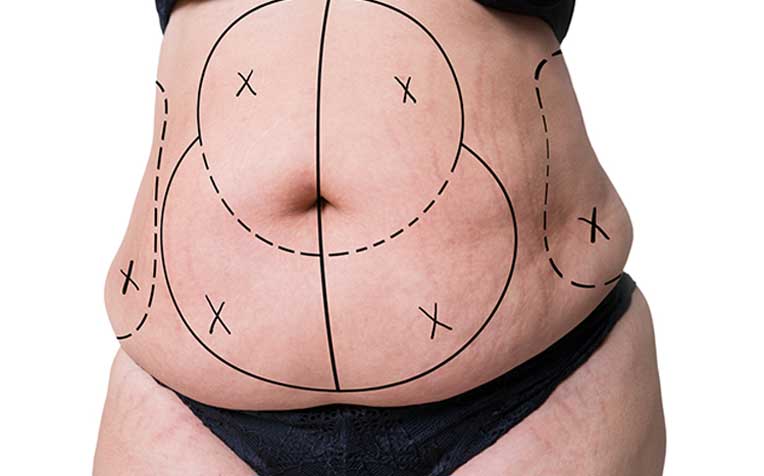HealthXchange will NEVER ask you to transfer money over a call. If in doubt, call the 24/7 ScamShield helpline at 1799, or visit the ScamShield website at www.scamshield.gov.sg.
Non-English translations are machine-generated; verify independently for
potential
inaccuracies.
Let us help you find what you're looking for.
Popular Searches
Liposuction: What You Need to Know

Liposuction is an aesthetic procedure that does more than just remove stubborn areas of fat in the body.
Liposuction is a common procedure of which about a dozen people in Singapore undergo daily. Aside from its more common purpose – aesthetics – this procedure can also be applied for reconstructive and therapeutic purposes says
Dr Terence Goh, Visiting Consultant,
Department of Plastic, Reconstructive & Aesthetic Surgery,
Singapore General Hospital (SGH), a member of the
SingHealth group.
Liposuction: What it is
Liposuction (also known as liposculpture, lipoplasty and lipectomy) is a technique used in cosmetic surgery for the removal of excess fat under the skin by suction. The fat is removed through a hollow tube-like instrument, called a cannula. A strong, high-pressure vacuum is applied to the cannula, which “sucks” out the fat in targeted areas that are not responding to diet and exercise.

Liposuction is commonly performed on:
- Abdomen and flank (area from upper abdomen or ribs to the hips)
Despite weight loss, fat in this area will not budge easily for both men and women; especially for women who are unable to lose the excess fat around their waist after childbirth. - Arms
The procedure is ideal for removing the stubborn fat in the under arm or back of the arm area, as well as the armpit area. Many patients who had previously been reluctant to wear sleeveless clothing or raise their arms report an increase in self-confidence after the procedure. - Under the chin and neck
For ageing men and women, fat tends to accumulate under the chin and jawline, which causes a heavy-set appearance despite the fact that they may not have gained much weight. - Thighs
This is a troublesome area for most women despite diet and exercise as fats tend to accumulate easily in this area. Liposuction can be performed on both the inner and outer thighs. - Gynaecomastia
More commonly referred to “man boobs”, gynaecomastia can cause a great deal of embarrassment to most men.
 Read on to learn about the
risks involved in liposuction and what can’t the procedure do for you.
Read on to learn about the
risks involved in liposuction and what can’t the procedure do for you.
Ref: N18
Contributed by
Related Articles
Public Events
26 Dec 2025
Public
Cardio Dance (Every Friday)
Free
Learn More
26 Dec 2025
Public
Zumba Gold (Every Friday)
Free
Learn More
30 Dec 2025
Talks
SKH Health Talk - Stay Ahead of Chronic Kidney Disease (CKD): Early Detection and Prevention
Free
Learn More
07 Jan - 26 Feb 2026
Programmes
KKH Antenatal Programme
1-Day Intensive Course KKH Patient: $306 Non-KKH Patient: $326; 4-Week Course KKH Patient: $240 Non-KKH Patient: $296
Learn More
Get the Health Buddy App
© 2025 SingHealth Group. All Rights Reserved.


















 Get it on Google Play
Get it on Google Play